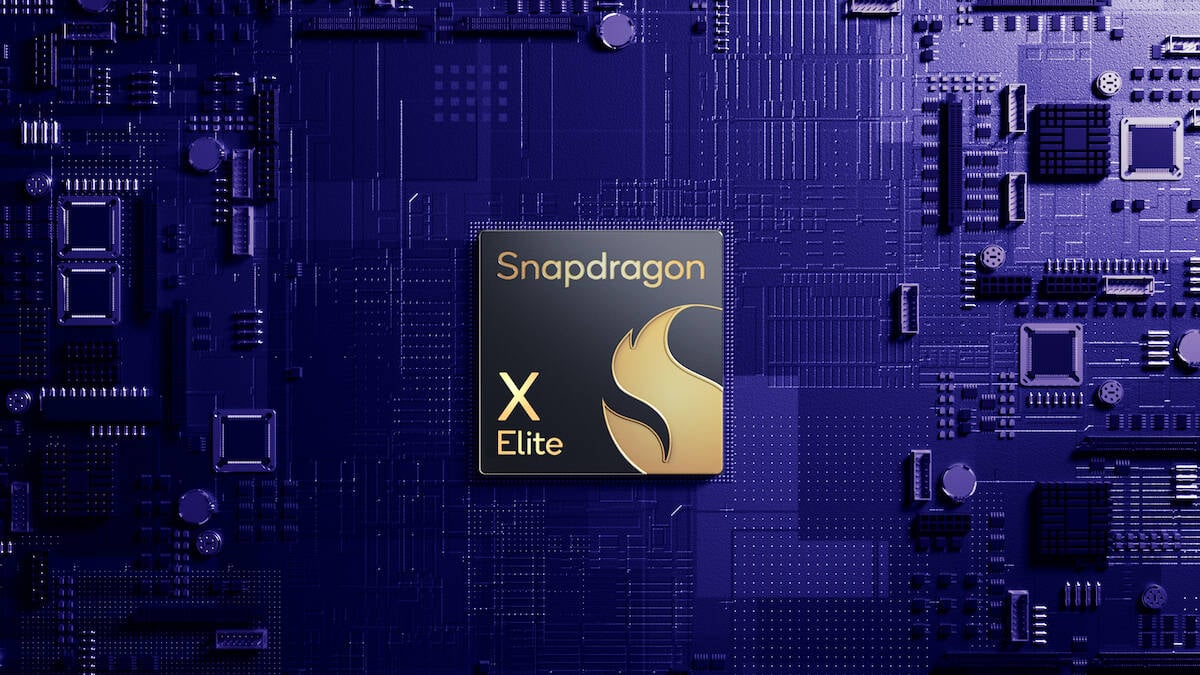Flutter, a popular framework for building cross-platform mobile apps, has recently introduced a new rendering engine called Impeller. This engine promises to address a long-standing issue with Flutter: early-onset jank.
Early-onset jank refers to the phenomenon where animations and scrolling in Flutter apps can appear jerky and uneven, especially on lower-end devices. This is because the current Flutter rendering engine, Skia, relies heavily on the CPU for rendering, which can lead to performance bottlenecks.
Impeller, on the other hand, is designed to leverage the GPU (Graphics Processing Unit) for rendering. This offloads the work from the CPU and results in smoother animations and scrolling.
Here are some of the key features of Impeller:
- GPU-accelerated rendering: Impeller uses the Vulkan graphics API to leverage the GPU for rendering, which can significantly improve performance.
- Reduced CPU usage: By shifting the rendering workload to the GPU, Impeller allows the CPU to focus on other tasks, leading to better overall responsiveness.
- Improved memory efficiency: Impeller uses a more efficient memory management system than Skia, which can help reduce memory usage and improve performance on resource-constrained devices.
Flutter Impeller is currently in preview for Android devices that support Vulkan. This means that it is not yet ready for production use, but developers can start experimenting with it to see the benefits it offers.
Here are some of the early impressions of Flutter Impeller:
- Smoother animations and scrolling: Many developers have reported that animations and scrolling are significantly smoother with Impeller, especially on lower-end devices.
- Improved responsiveness: Apps feel more responsive overall with Impeller, as the CPU is not bogged down by rendering tasks.
- Lower battery usage: As Impeller is more efficient than Skia, it can help to reduce battery usage.
Overall, Flutter Impeller is a promising technology that has the potential to significantly improve the performance and responsiveness of Flutter apps on Android. While it is still early days, the initial results are encouraging, and it will be exciting to see how Impeller evolves in the future.
Here are some additional resources you may find helpful:
- Flutter Impeller documentation: https://docs.flutter.dev/perf/impeller
- Preview Impeller on Android in #Flutter 3.16!: https://www.youtube.com/watch?v=gKrYWC_SDxQ
- Flutter 3.16 released! Android Impeller preview, Game Toolkit Updates, iOS extensions, and more!: https://www.youtube.com/watch?v=2ik_HheJpfg
- Impeller rendering engine: is it good enough for Flutter?: https://medium.com/@NGM44/impeller-flutter-8d8aba691fa3
Please note that Flutter Impeller is still under development and may not be suitable for all use cases. It is important to carefully evaluate your needs before using it in a production environment.
I hope this post has given you a good overview of Flutter Impeller. If you have any questions, please feel free to leave a comment below.




